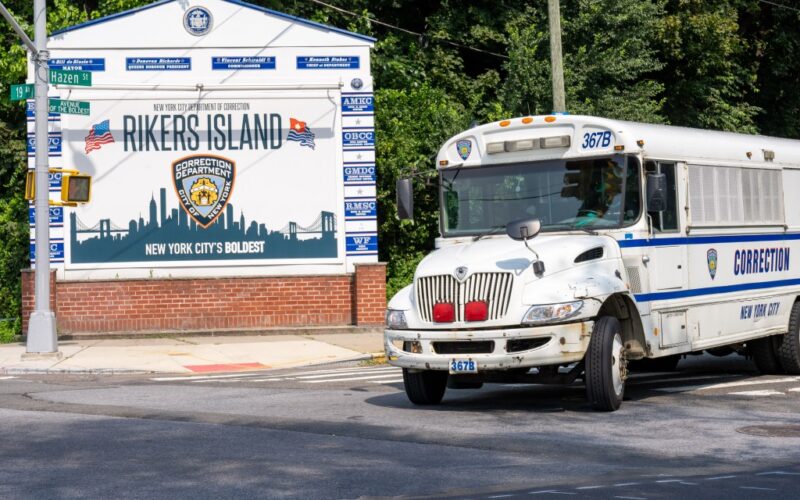In March, the Independent Rikers Commission, of which I am a proud member, released an updated blueprint to close Rikers Island. The publication is timely: just three months into 2025, five people have already died in the city’s jail system. Our original 2017 report remains correct that it is in the interest of all New Yorkers that Rikers close for good.
Rikers Island makes all New Yorkers unsafe, not just those who are housed there. The lack of basic services like educational programs, medical care, and mental health treatment means that people come out worse, more destabilized, and with lives more disrupted than they were going in. Many of the people incarcerated there experience trauma and instability, which only exacerbates the conditions that drive crime — and even one day held in pretrial detention increases someone’s likelihood of rearrest.
The jail complex is not much better for those who work there. Correction officers’ life expectancy declines by an average of 16 years as a result of job stress.
There is no redeeming Rikers. It must close. Yet progress is woefully behind schedule and more expensive than originally planned. Mayor Adams’ response to the Lippman Commission’s most recent report, which laid out a new path to closure, was to pass the buck for these failures. “We are glad that the Lippman Commission is finally recognizing what we have been sounding the alarm on for years — the plan for Rikers was flawed and did not offer a realistic timeline,” he said.
The mayor’s response avoids taking any responsibility for his own contribution to these setbacks. The mayoral candidates need to understand the leadership, focus, and management required of them to get this done.
In the time the Adams administration should have been working to safely reduce jail population reductions to fit borough-based jails and their construction schedules, it failed to do either. It cut $17 million in jail programming and stalled expansion of alternatives to incarceration and reentry services.
By speciously scapegoating bail reform despite research showing it saved New York families $104 million without increasing crime, Adams distracted New Yorkers from the evidence-based safety solutions that break cycles of incarceration, violence, and crime. His administration failed to create an aggressive and focused project management and leadership structure, allowing construction timelines to slip well past the 2027 closure deadline.
Of course, there were also events out of anyone’s control: the pandemic-related court slowdown, a growth in some classes of crime, and an increase in the number of New Yorkers with serious mental illness. Yet ultimately, the Adams administration has contributed to the current state of affairs. Mayoral candidates, take note.
As challenging as the climbing jail population, ballooning price tag, and construction delays are, they are solvable, and the next mayor has a key role to play. Candidates must move the conversation on safety and justice toward evidence-based solutions like housing, health care, community violence interruption, and access to employment. These investments keep us safe without increasing the jail population.
Candidates must also acknowledge that the city’s top executive has the authority and obligation to set policies, negotiate contracts, and fund services that safely decarcerate, speed up construction, and ultimately shutter Rikers Island once and for all. There are three key ways to make that happen.
First, the new mayor must appoint a Close Rikers czar to coordinate efforts among various city agencies so all aspects of the closure plan, from construction to community engagement and decarceration, receive the attention they require.
Second, they must streamline borough-based jail construction using a variety of mechanisms. Early completion incentives, starting construction on foundations and exteriors while finalizing interior designs, and using value engineering to identify waste could save significant time and money.
Third, to safely reduce the jail population so it fits within the borough-based jails, the next mayor must fully fund supportive housing, mental health treatment, and other community-based investments that reduce the use of jail while increasing safety. Additionally, ramping up initiatives like the jail population review program and Local Conditional Release Commission can help manage the population safely and thoughtfully.
Closing Rikers Island and investing in evidence-backed, community-based solutions will make New York City a true leader in safety and justice. Rikers is a stain; with strong mayoral leadership and committed focus, the borough-based system can be a national model.
Turner is the president and director of the Vera Institute of Justice and a member of the Independent Commission On New York City Criminal Justice and Incarceration Reform.








